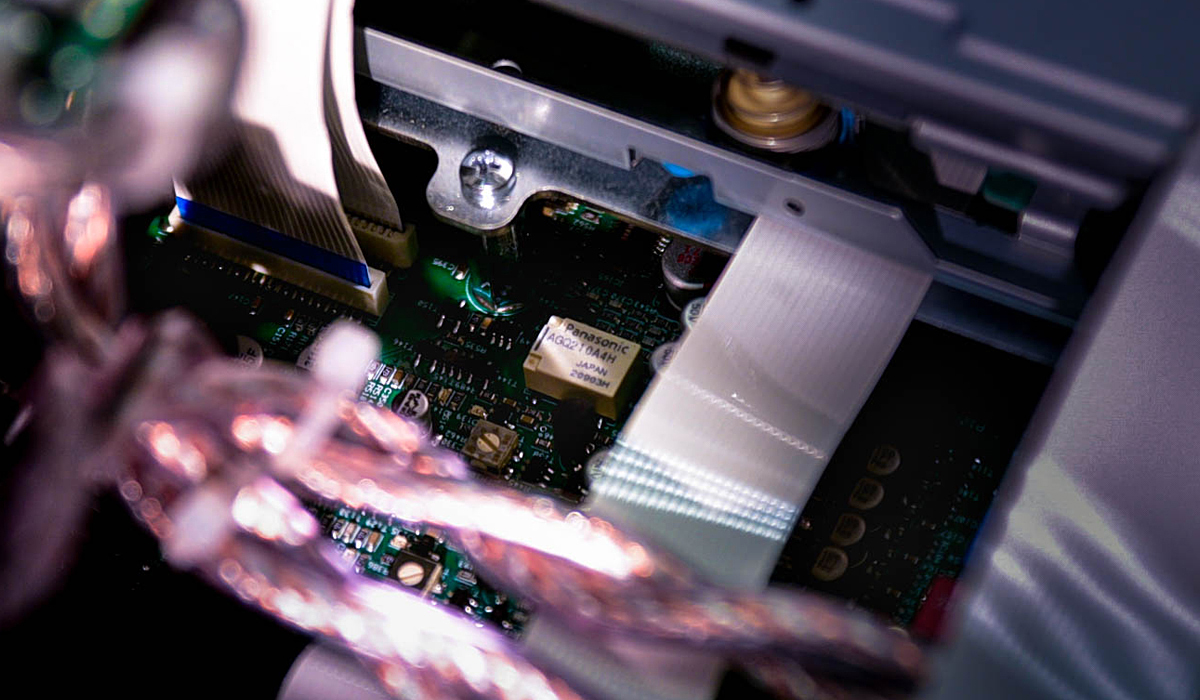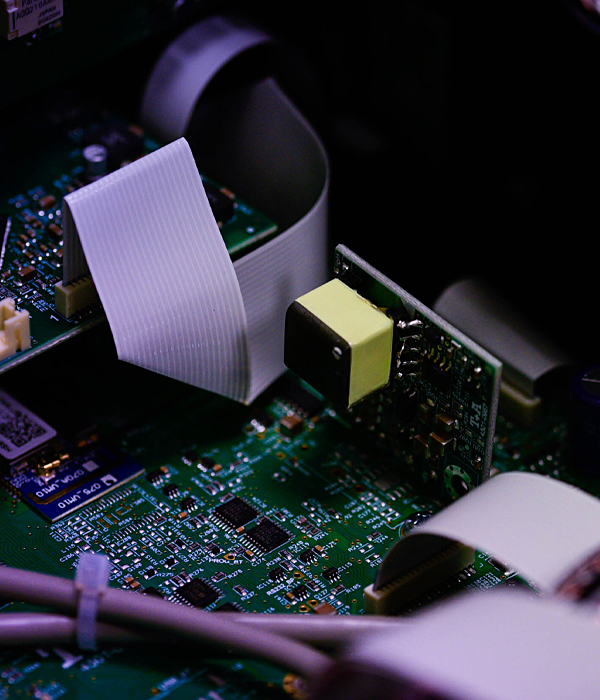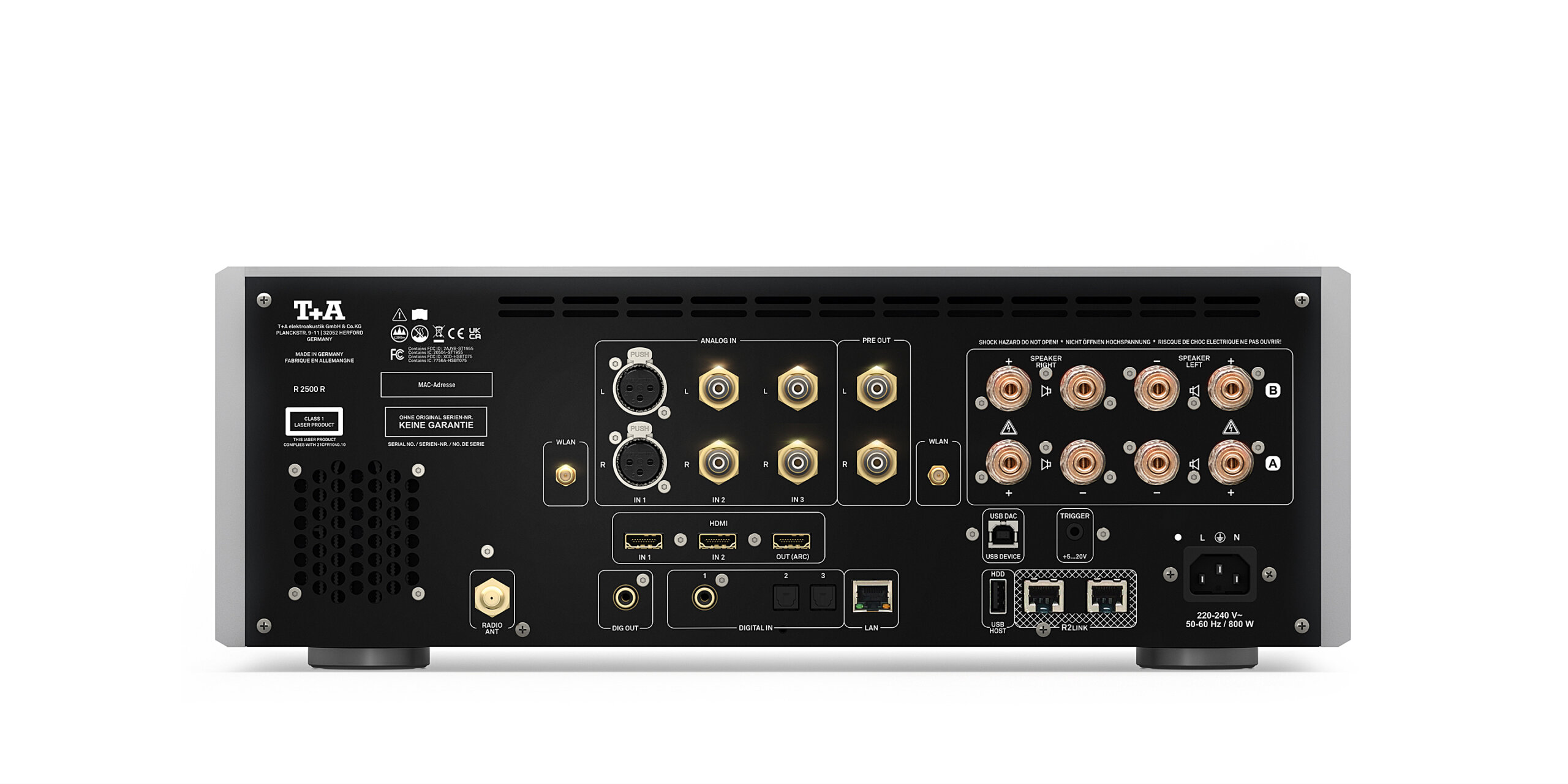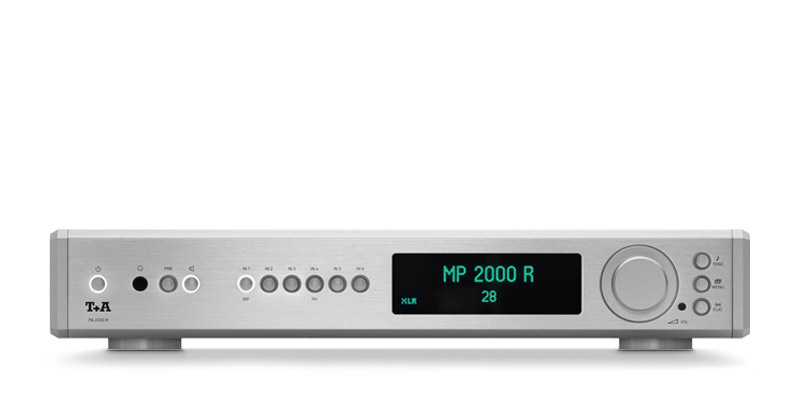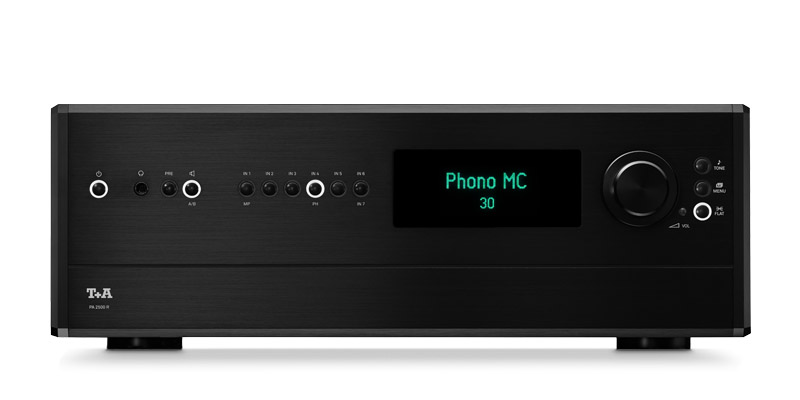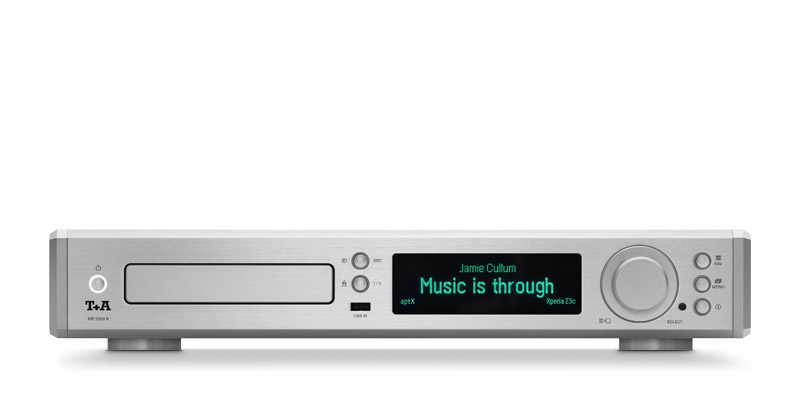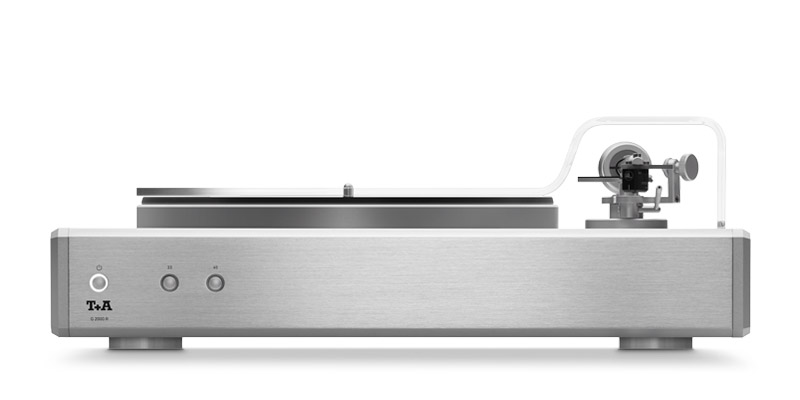Our drive is the best possible sound quality: Only when every component of the device is optimized with this goal in mind does a piece of music unfold its maximum impact. In the power amplifier, the power supply, in addition to the circuit topology, is the decisive factor for sound quality. Only if it is stable and robust can even the largest musical impulses be processed cleanly without the supply voltage collapsing. To meet these requirements we have developed our T+A High-Frequency Sinusoidal Power Supply. It combines the sonic advantages of transformer power supplies with the stability of switching power supplies: High-frequency interference common in switching power supplies is avoided by the sinusoidal cycle, and the last residual interference is eliminated by the intelligent reloading of the integrated filter capacitors: Their reloading capacity is 100,000 reloads per second, 2000 times that of typical power supplies.
In this way the T+A High-Frequency Sinusoidal Power Supply can provide large amounts of current inertialessly, even with suddenly occurring, strong musical impulses and therefore is the perfect high energy supply for the preamplifiers and power amplifiers of the R 2500 R which are constructed in accordance with the double-mono principle. This means that we completely isolate the left and right channels from each other – even in mechanical terms – and use two identical separate amplifier circuit boards – with input section, volume control, high-voltage amplifier and current amplifier, so that the sound quality of both channels is identical. As with our HV-series machines, the circuit topology of the input stage is based on a cascoded differential amplifier with hand-selected audio J-FET transistors and stages of completely discrete construction, without operational amplifiers (op-amps). This overall circuit design, combined with the high quality of the components employed, virtually eliminates the need for overall negative feedback. The result is that the amplifier boasts excellent linearity combined with an extremely wide dynamic range of more than 150 kHz. Signals up to 60 Vss can be processed without any hint of distortion. The volume control takes the form of discrete precision resistors and bi-stable gold-contact relays, resulting in absolutely exact channel matching combined with the shortest possible signal paths; this in turn virtually eliminates noise and distortion. The following voltage amplifier stage and current amplifier are completely isolated from each other galvanically. This uncompromising design completely avoids the danger of feedback effects from the loudspeaker currents into the voltage amplifier stages, and also precludes adverse effects from the loudspeaker load.
The amplifiers are fitted with separate tone controls for each channel, and the function can be completely by-pased by means of gold-contact relays. A loundness circuit is present which can be adjusted to match the efficiency of the loudspeakers.




